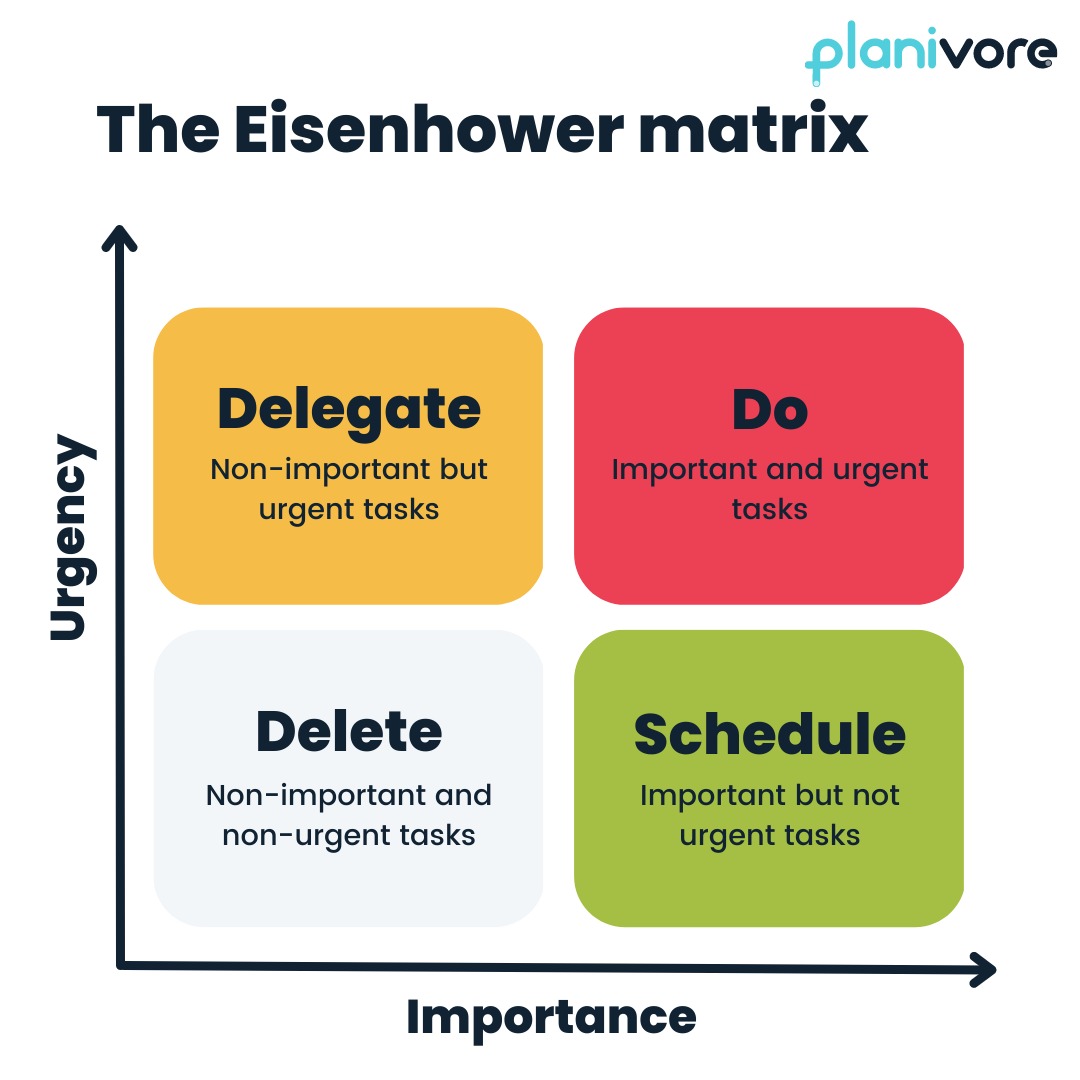Achieving your goals effectively and efficiently involves prioritizing tasks and objectives according to their importance and feasibility. In this article, we propose key steps to follow to prioritize your strategic planning.
Here are the detailed key steps along with tips to help you determine your priorities in your strategic planning:
1. Identify your objectives
The first step in prioritizing your strategic planning is to identify your goals. It is important to clarify what you want to achieve with your business and where you would like to be in 1, 3 or even 5 years. Ask yourself the following questions: "What are my short or medium term goals?", "What is my long term vision for the positioning of my company?". Once you have identified your overall directions or goals, you need to break these down into achievable short-term goals.
- Assess your business needs: Your needs may include financial goals such as increasing profits, reducing costs or growing revenues. Goals may also focus on improving product or service quality, expanding geographically or strengthening your market position.
- Set SMART goals: A SMART goal is specific, measurable, realistic and achievable within a specific time frame. For example, a SMART goal might be to increase sales by 20% over the next 3 years.
2. Assess the urgency
Once you have identified your goals, you need to rate them by their urgency. Rate each goal in terms of importance relative to the other goals. This will help you prioritize your goals based on their urgency.
The Eisenhower Matrix is a simple, yet powerful tool for assessing the importance and urgency of tasks in strategic planning. This matrix consists of a table with two axes, one representing importance and the other representing urgency.

Tasks are then placed into one of four categories:
- Important and Urgent Tasks: These are the tasks that must be accomplished immediately. They are critical to the success of your strategic planning. For example, if your company is about to miss an important deadline, it should be considered an important and urgent task.
- Important, but non-urgent tasks: These are tasks that have a significant impact on your strategic planning, but are not necessarily urgent. These tasks should be planned ahead of time to prevent them from becoming urgent. For example, developing new marketing strategies or improving corporate culture can be considered important but not urgent tasks.
- Non-important, but urgent tasks: These are tasks that are urgent, but not of great importance to your strategic planning. These tasks can often be delegated or deferred. For example, answering emails or completing administrative tasks can be considered non-important but urgent tasks.
- Non-important, non-urgent tasks: These are tasks that are not of great importance to your strategic planning and are not urgent. For example, decorating your office or workspace with non-essential accessories could easily be eliminated or postponed.
Using the Eisenhower Matrix, you can prioritize your tasks and determine which ones should be completed first, and categorize your tasks into four categories: tasks to be completed, to be planned, to be delegated, and to be deleted.
3. Assess Available Resources
Once you have determined the impact and urgency of each goal, you need to assess the resources you have available to achieve each goal. This includes financial, human and technological resources. Based on the resources available, you can prioritize each goal. If you have particularly limited resources, you may need to rethink your priorities and decide to postpone some goals.
- Human resources: Assess the number and skill level of employees in your organization, and their availability to work on projects related to your strategic planning. If you need new skills, consider recruiting new employees or training those you already have.
- Financial resources: Assess the funds available to implement your strategic planning and the potential costs of each initiative. If you lack financial resources, consider funding options such as investors, bank loans or grants.
- Technology resources: Evaluate the tools and technologies needed to implement your strategic planning. Ensure that you have the skills to use these tools and technologies effectively.
- Physical resources: Assess the equipment, facilities and supplies needed to implement your strategic planning. If you lack physical resources, consider renting or purchasing new equipment or sharing resources with other companies.
4. Identify risks and opportunities
You need to identify the risks and opportunities associated with each objective. For example, if you plan to expand your reach, you should consider the risks associated with competition and the opportunities associated with increasing your customer base. This will help you prioritize goals based on their potential for success and influence on your business.
- Use analytical tools: Analytical tools can help you identify specific risks and opportunities. SWOT analysis is a popular method that allows you to identify your company's strengths, weaknesses, opportunities and threats.
- Involve stakeholders: Stakeholders can provide valuable information about the risks and opportunities affecting the business. This can include customers, business partners and employees. Consult with them to get feedback on trends and opportunities they can see in their work.
5. Determine time frames
Another key step in prioritizing your strategic planning is to determine realistic timeframes for each objective. This will help you prioritize goals based on their importance and feasibility within a given time frame. For example, if you have a short-term goal, you should put it at the top of your priority list.
- Assess the complexity of each step: Some steps in your strategic planning may be more complex than others, requiring more time and resources to complete.
- Assess the resources available: The timelines for each step may be influenced by the availability of resources, such as time, skills, tools and technology.
- Set realistic deadlines: Avoid setting deadlines that are too tight and cannot be met.
- Identify dependencies: Some steps may depend on other steps to be completed. Identify these dependencies and consider the time required for the steps that precede them.
- Establish a timeline: Once you have identified the tasks, responsible parties, deadlines and resources needed, establish a timeline that summarizes the entire action plan. This schedule should be clear and easily understood by all team members.
Would you like to put your strategic plan into action now? Try planivore for free.


